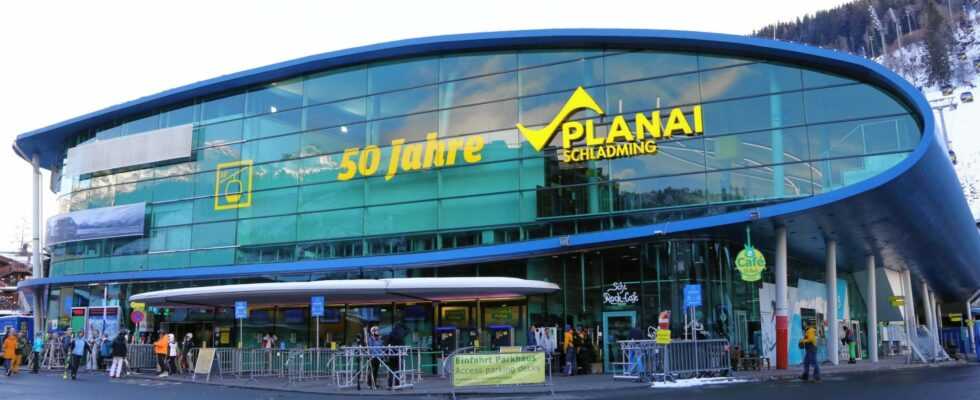50 years of the Planaibahn – the development of the mountain for winter sports was the big turning point in the history of Schladming. Pioneer Albert Baier remembers the beginnings.
The road to the “ski capital” Schladming was long and rocky. Where today real estate prices are climbing to dizzying heights, bitter poverty still reigned after the Second World War. “Due to the war, a whole generation of entrepreneurial and risk-taking people was missing – there was virtually no money in the region for that,” says Albert Baier, long-time managing director the Planai-Hochwurzen-Bahnen. Schladming was a latecomer to tourism. This has significantly delayed the development of the ski mountain. While in western Austria one peak after the other was conquered with lift systems that were modern at the time, such plans only existed in the heads of a few pioneers in Schladming. One of them was Baier. “Of course, people from Schladming were already skiing before the first lift was built. Then it was just adventurous with the material cable car up the mountain or on foot. Back then, the best people from Schladming drove for Union Haus,” Baier recalls with a smile. Hauser Kaibling got the train first The first (convertible) gondola lift on Kaibling opened in 1949 – this facility was originally intended for Schladming. “But then the money ran out and the Hauser got their act together.” With buses on the ski slopesOn the Planai, the toll road was only opened in 1965 – 35 buses were in use every day to bring the skiers to the top. It took another few years for the first cable car to be built. “It was only at the last moment that we decided to go for a four-seater gondola instead of a chairlift,” says Baier. According to this, it is thanks to the master builder Georg Bliem senior, who worked on such a monocable gondola in Ischgl.The race to catch up started with the gondolaOn December 21, 1972, the gondola went into operation: the starting signal for the impressive race to catch up for the people of Schladming. A year later, a World Cup race was held, and ten years later the World Championships were held for the first time. “Slowly, the first hotel businesses emerged – above all, of course, Ernst Royer’s sports hotel, who was a pioneer in this field,” says Georg Bliem, son of the former mastermind and current managing director of Planai, which after its humble beginnings has grown into a leading company in Ennstal with 420 employees and 35 lifts.
source site-12
